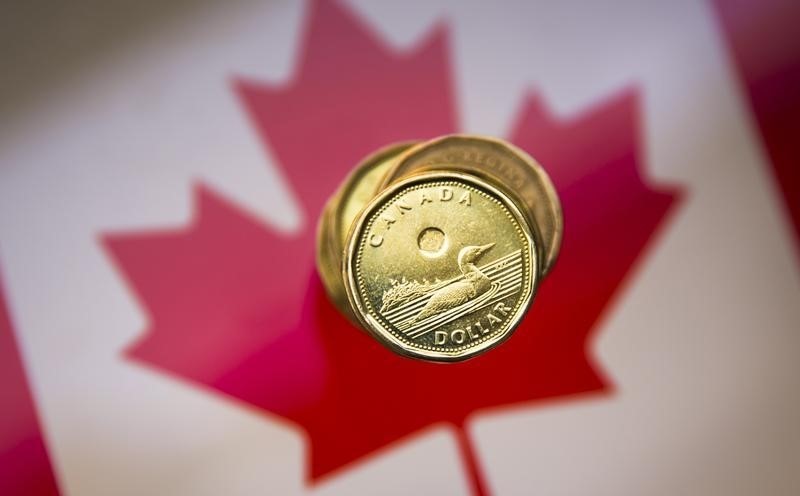* Canadian dollar at C$1.3051, or 76.62 U.S. cents
* Bond prices higher across the maturity curve (Adds details, quotes, updates prices)
By Leah Schnurr
March 15 (Reuters) - The Canadian dollar fell against the greenback on Thursday to its lowest level in more than eight months as traders reassessed how many more times the Bank of Canada was likely to raise interest rates this year.
The loonie touched a session low of C$1.3068, its weakest level since June 28, which was shortly before the central bank began raising rates last July.
The market has been absorbing comments from Bank of Canada Governor Stephen Poloz on Tuesday that reinforced expectations the central bank would lift rates gradually from here. Policymakers have raised borrowing costs three times since July. showing home sales fell in February as tighter mortgage rules introduced at the beginning of the year hit demand underscored the narrative that the Bank of Canada would have to proceed cautiously, said Andrew Kelvin, senior fixed-income strategist at TD Securities.
"Markets have moved to price in basically just two hikes now by next January, which we think is fair," Kelvin said.
"We think markets had been too optimistic in terms of where they were pricing the Bank of Canada earlier this year, just given that the economy is so dependent on consumption."
At 4 p.m. EDT (2000 GMT), the Canadian dollar CAD=D4 was trading down 0.7 percent at C$1.3051 to the greenback, or 76.62 U.S. cents.
The U.S. dollar .DXY rose against a basket of currencies before what is expected to be the first rate hike of the year from the U.S. Federal Reserve. USD/
The C$1.30 level was an important resistance point for the loonie to breach, which added momentum to the Canadian dollar's decline, Kelvin said.
The Bank of Canada has said it will be closely monitoring how indebted consumers handle higher interest rates, as well as how recent local government and regulatory changes affect the housing market.
Markets see a nearly 80 percent likelihood the bank will raise rates again in July. BOCWATCH
In addition to the 6.5 percent decline in home resales in February, separate data showed household debt as a share of income remained near a record high in the fourth quarter. attention will turn to Friday's manufacturing sales data, which will give some insight into how the economy fared at the start of the year. Sales are forecast to have declined 0.8 percent.
Canadian government bond prices were higher across the maturity curve, with the two-year CA2YT=RR up 3.5 Canadian cents to yield 1.757 percent and the benchmark 10-year CA10YT=RR rising 15 Canadian cents to yield 2.142 percent.
